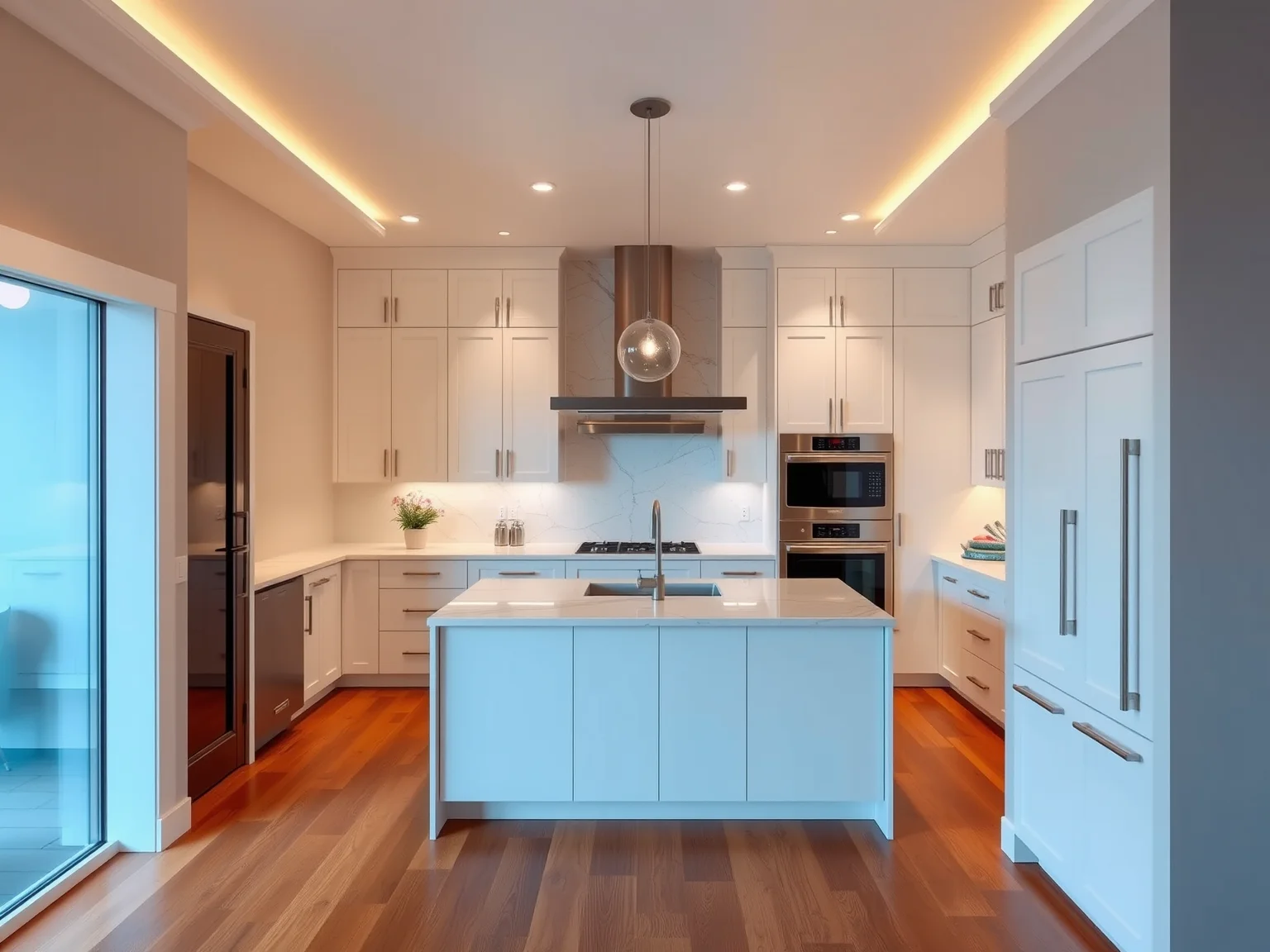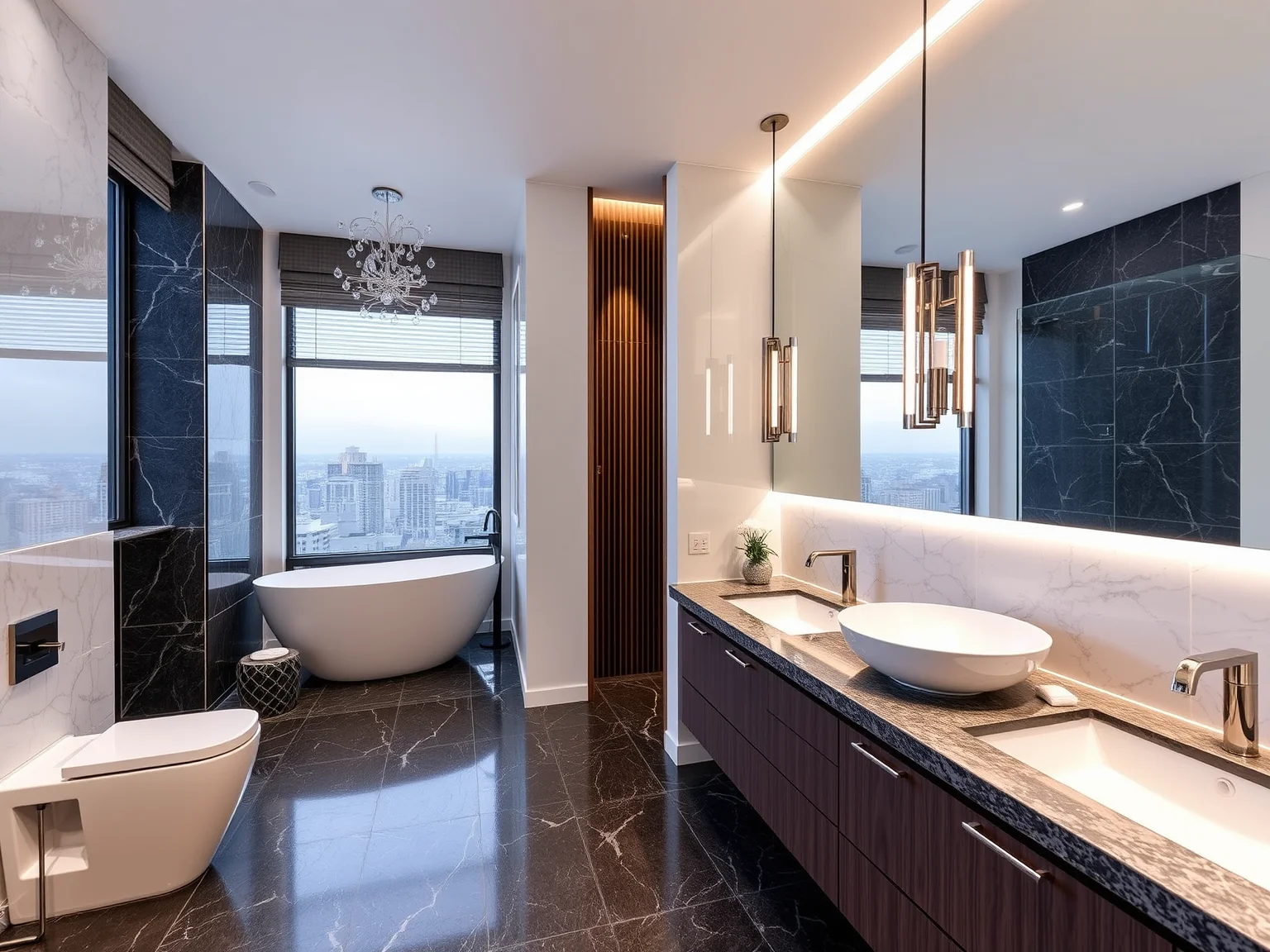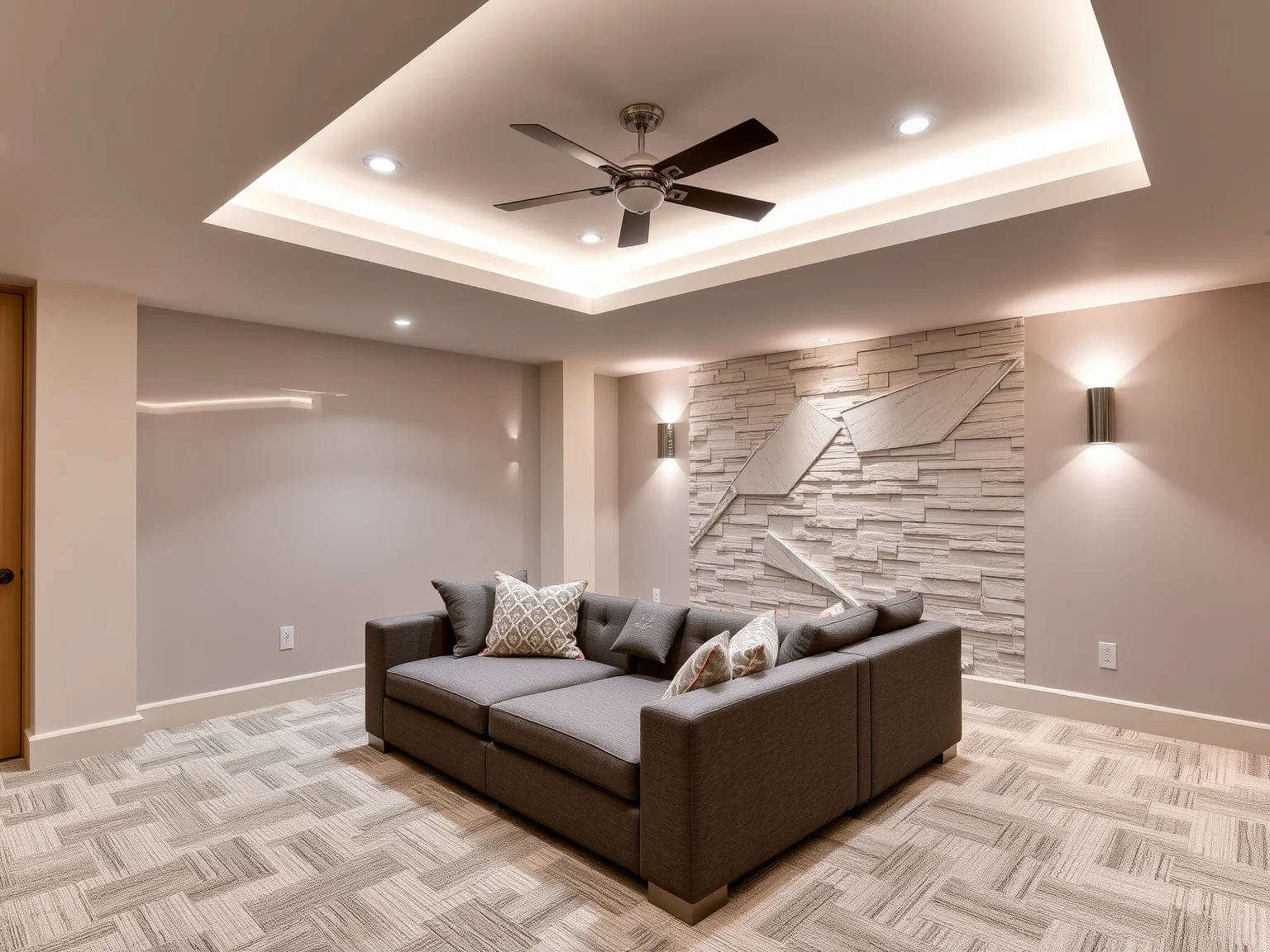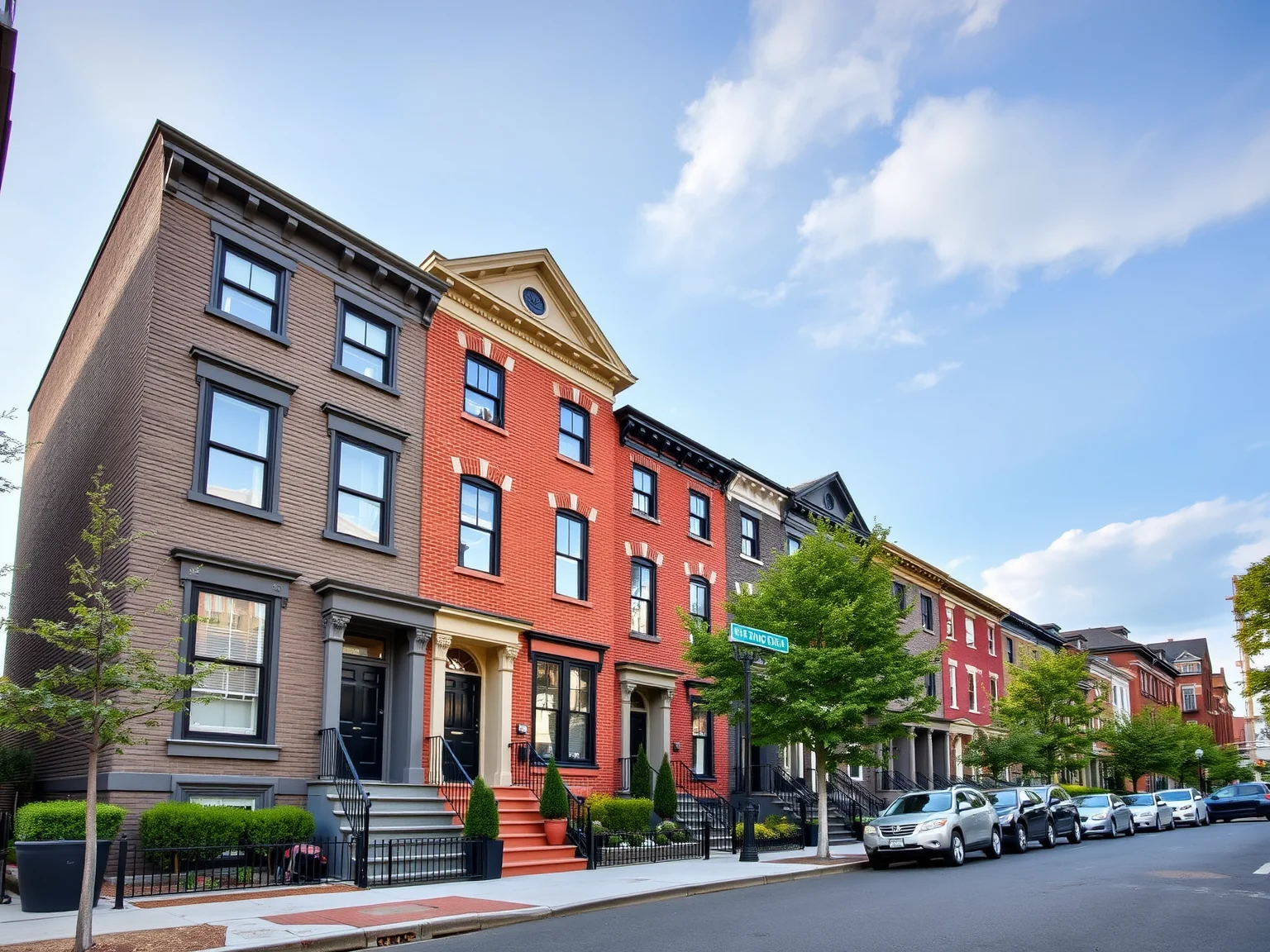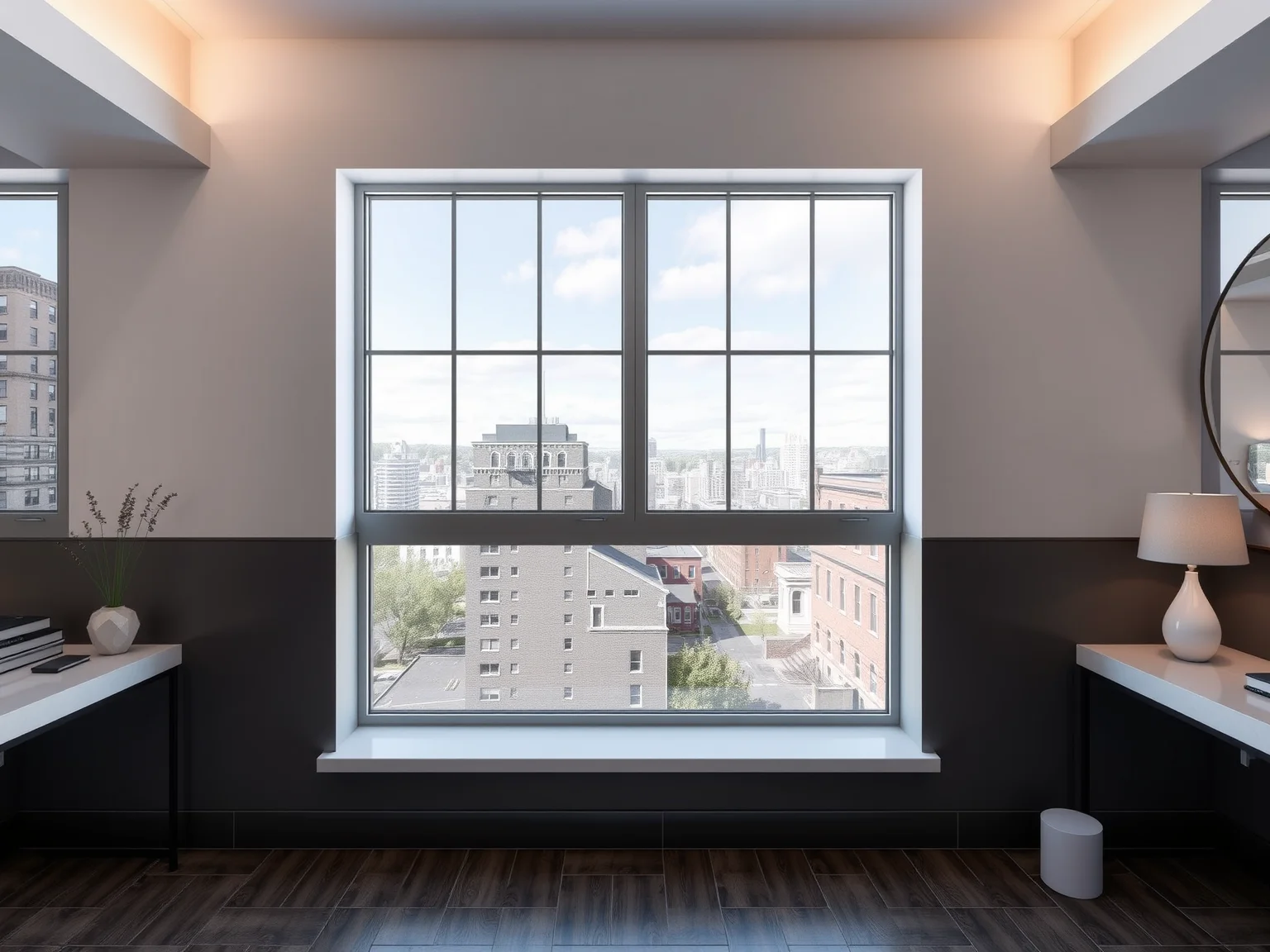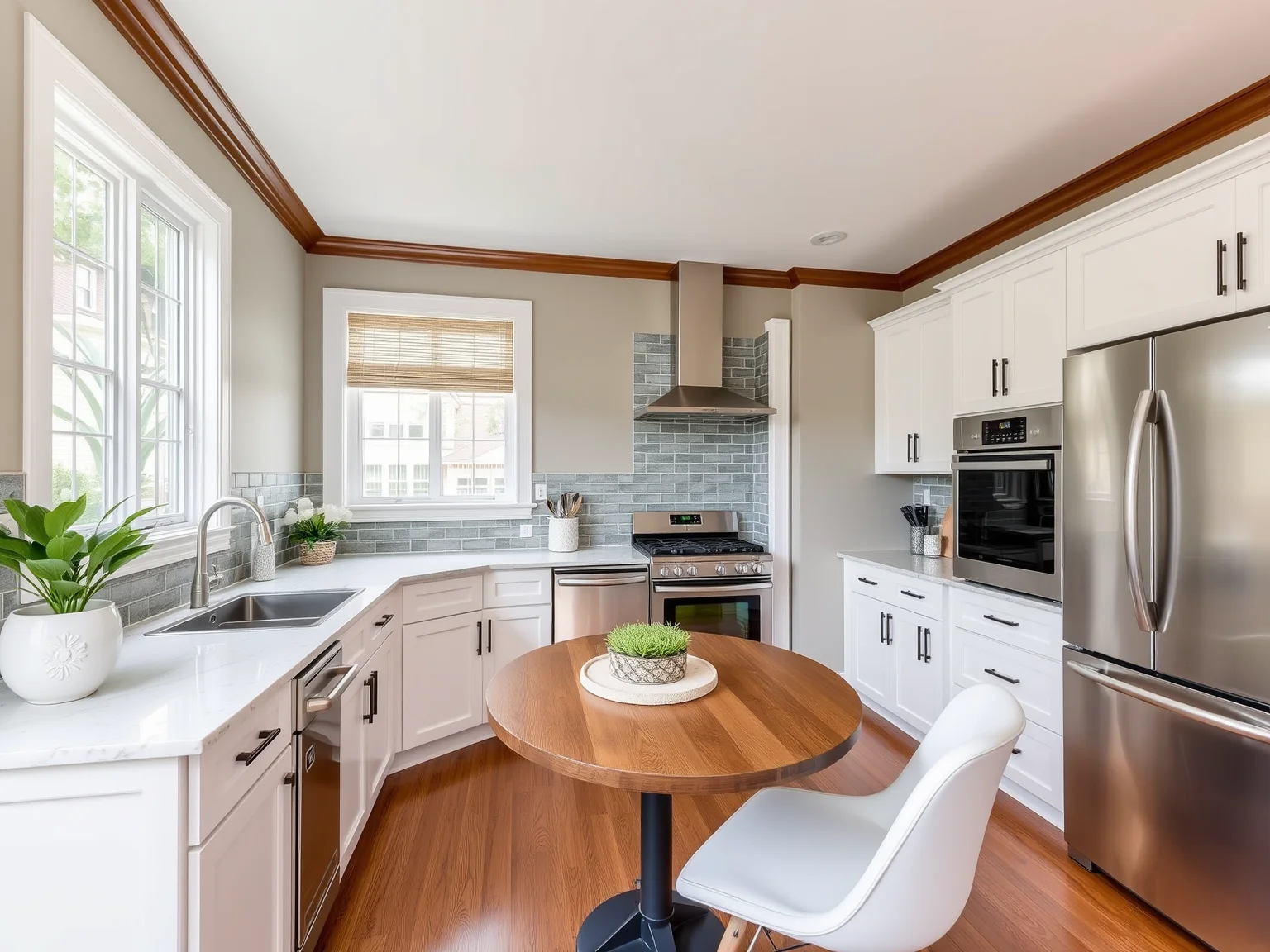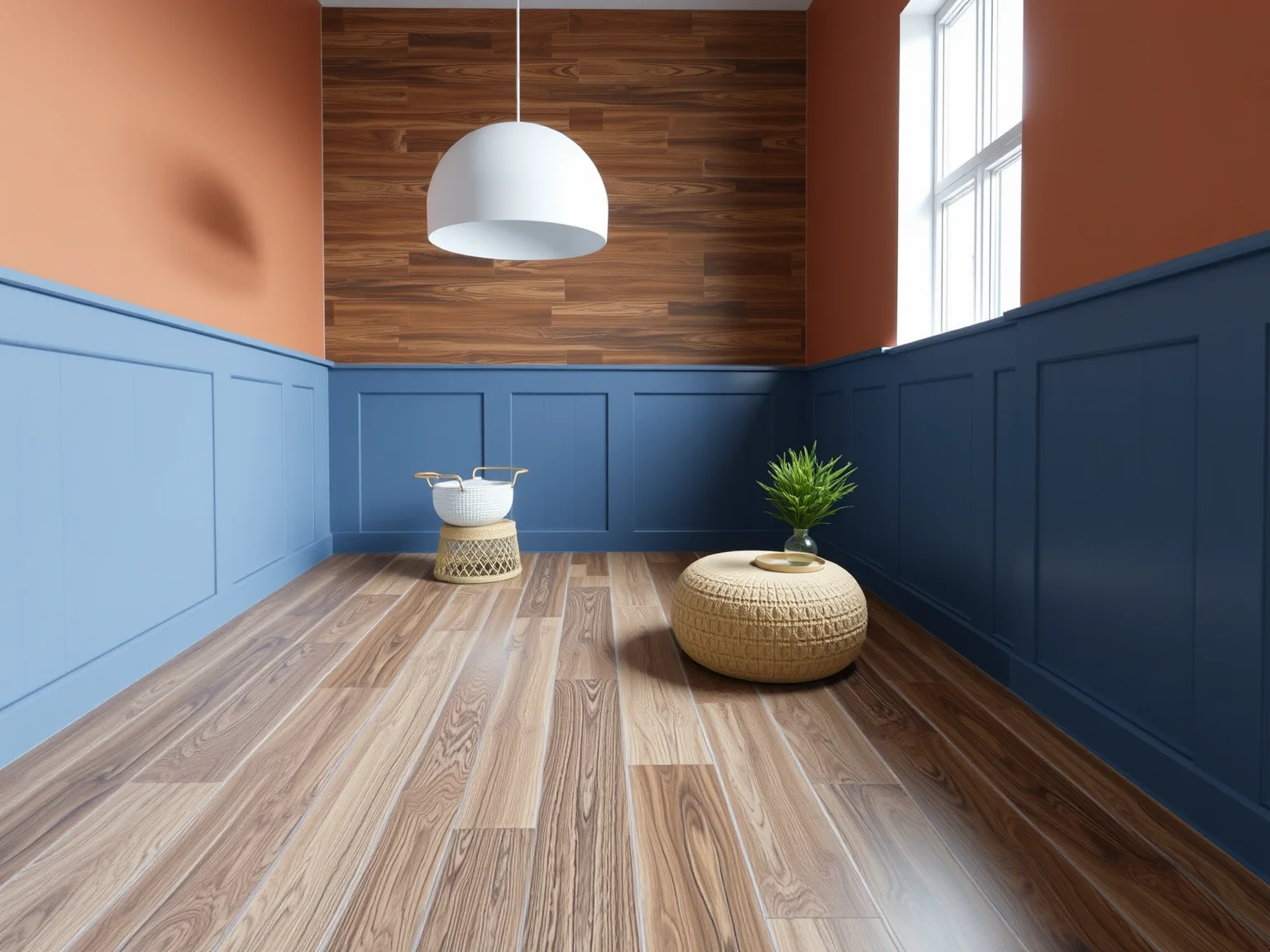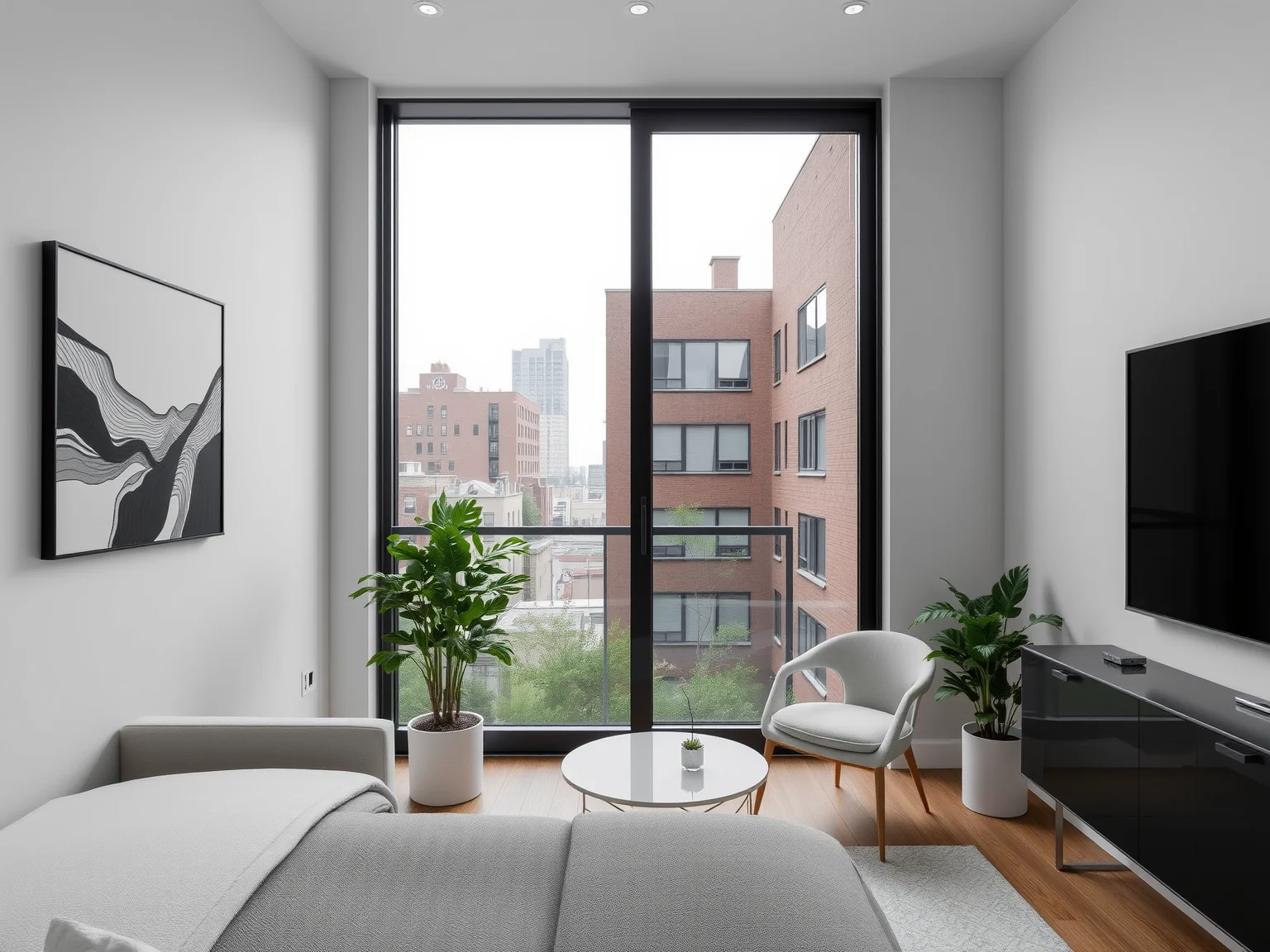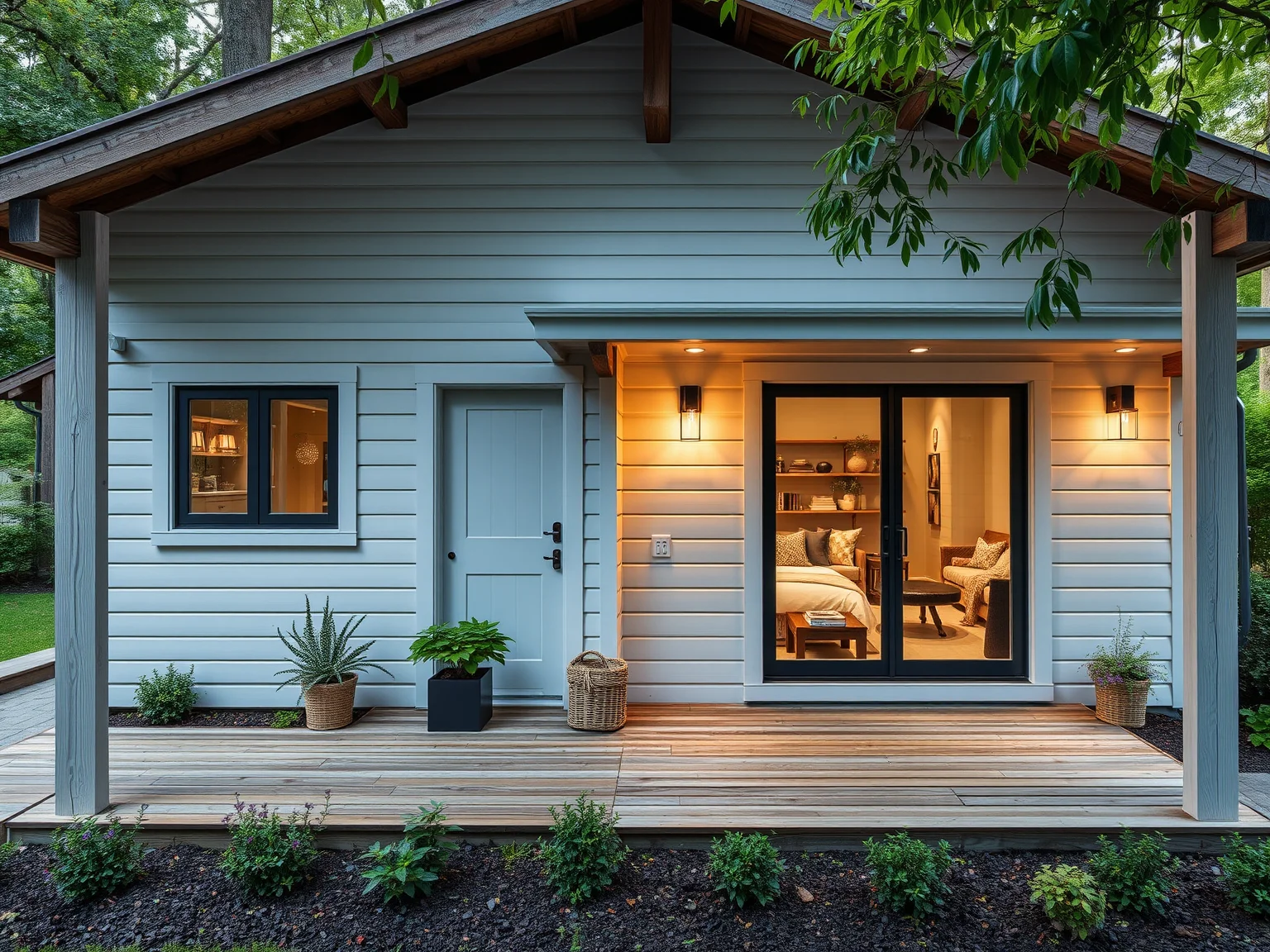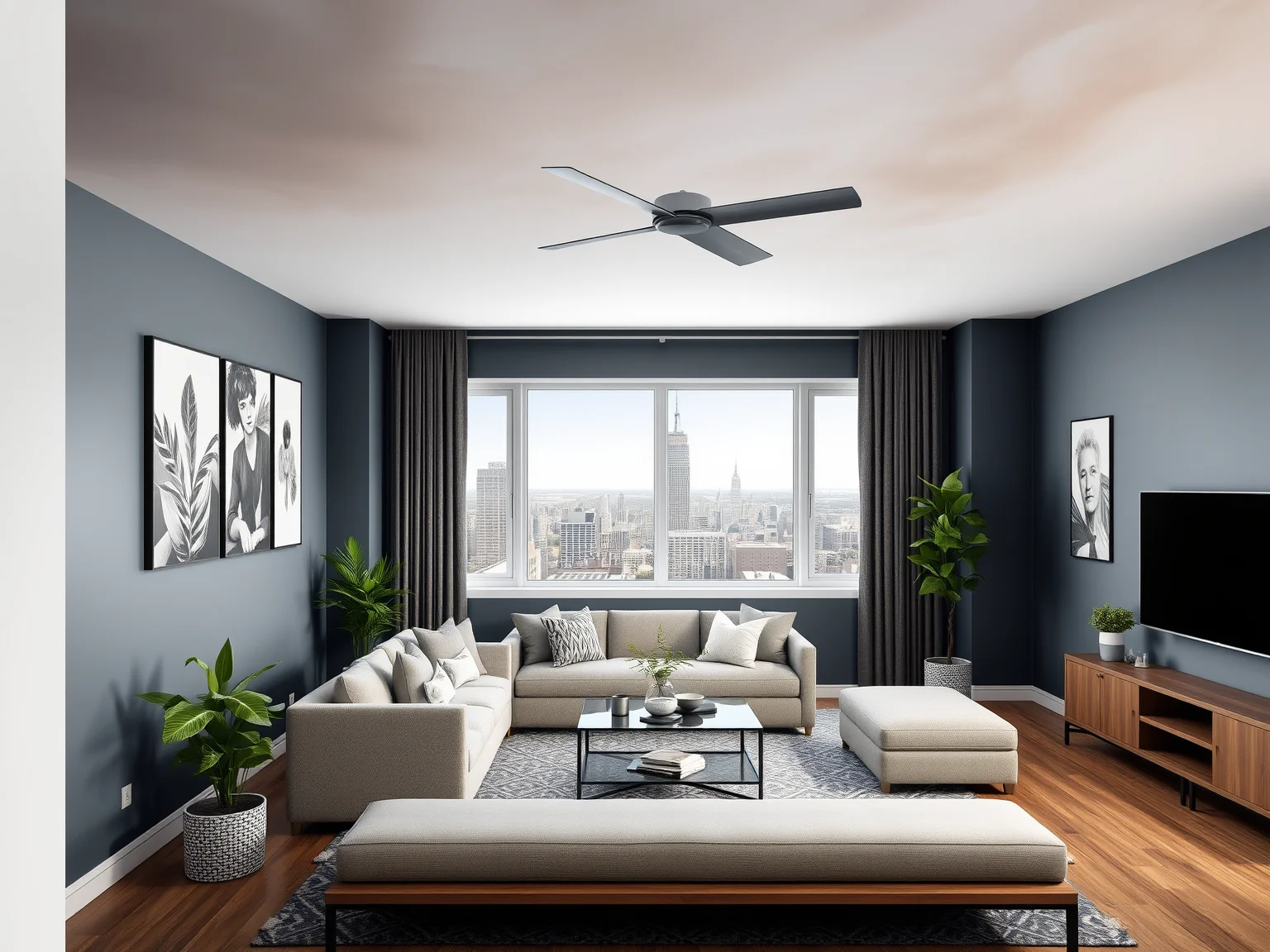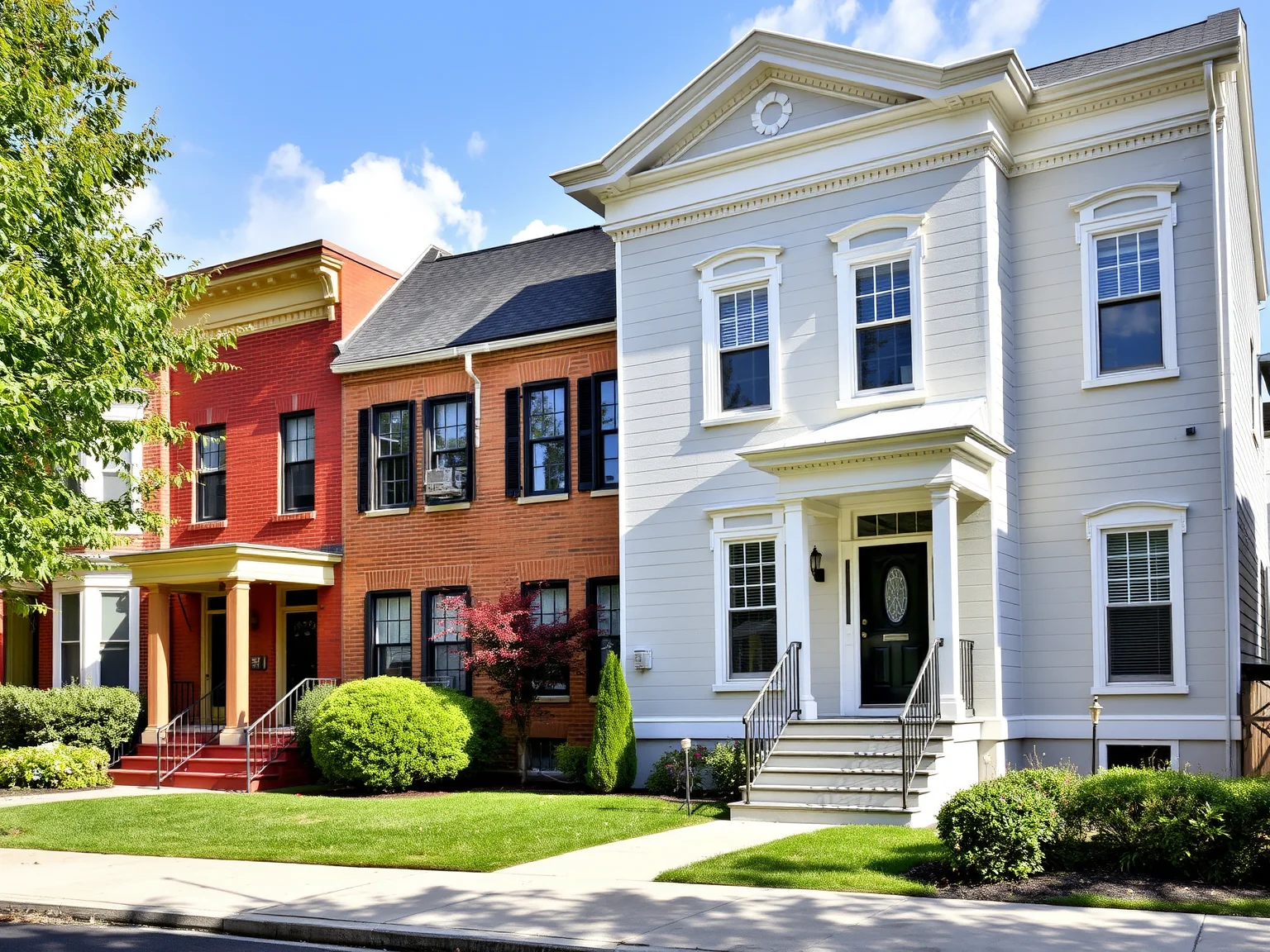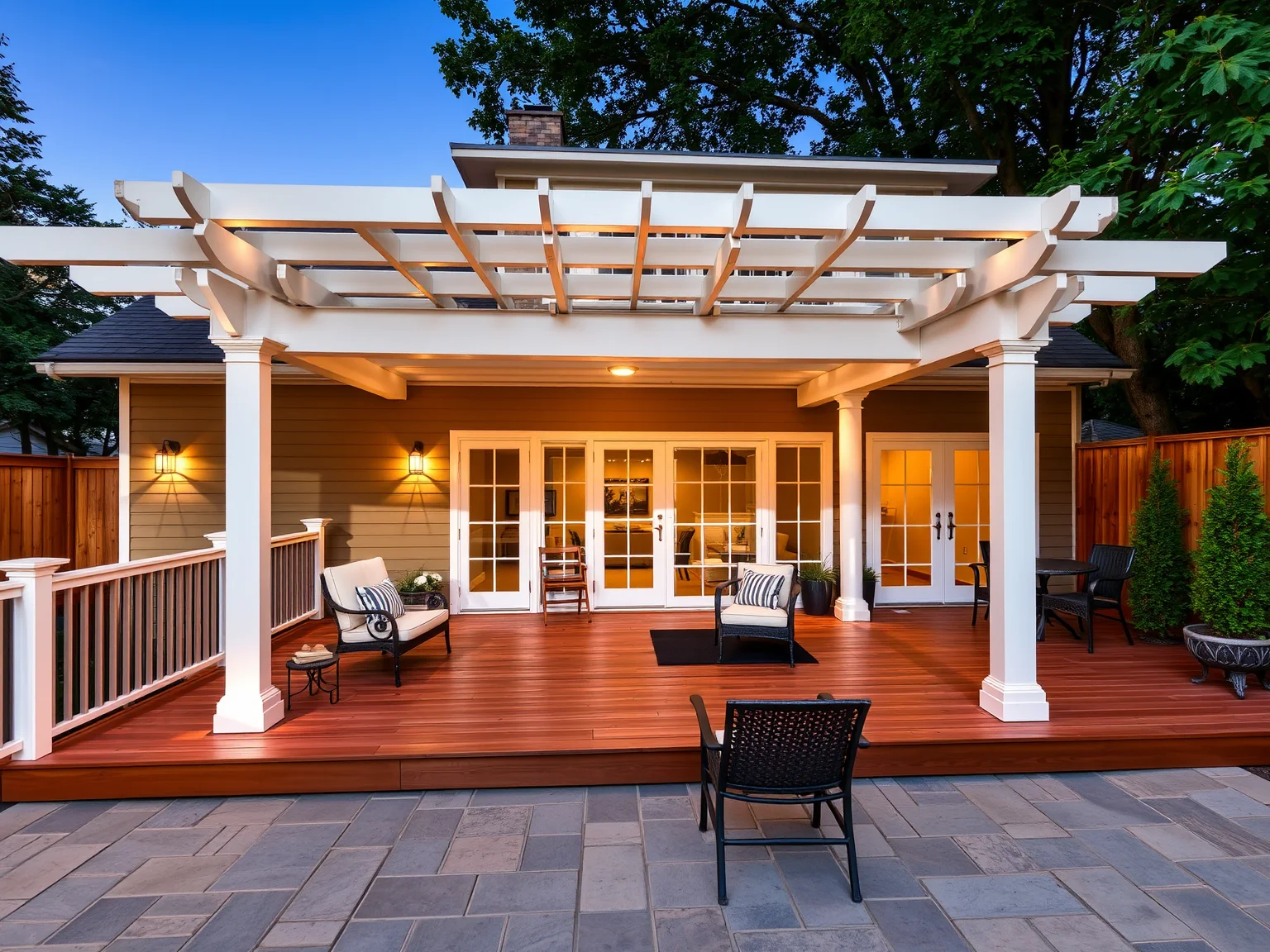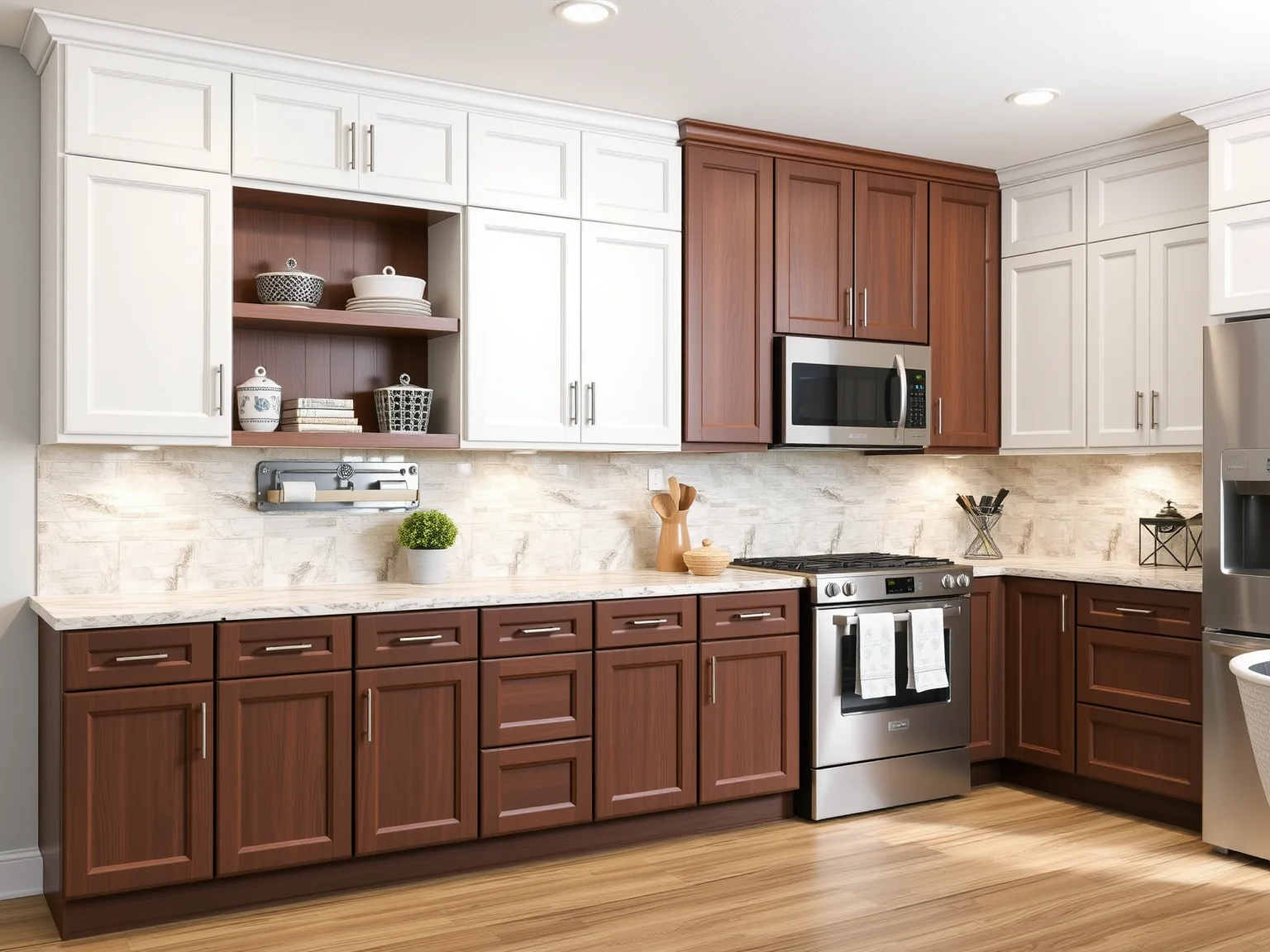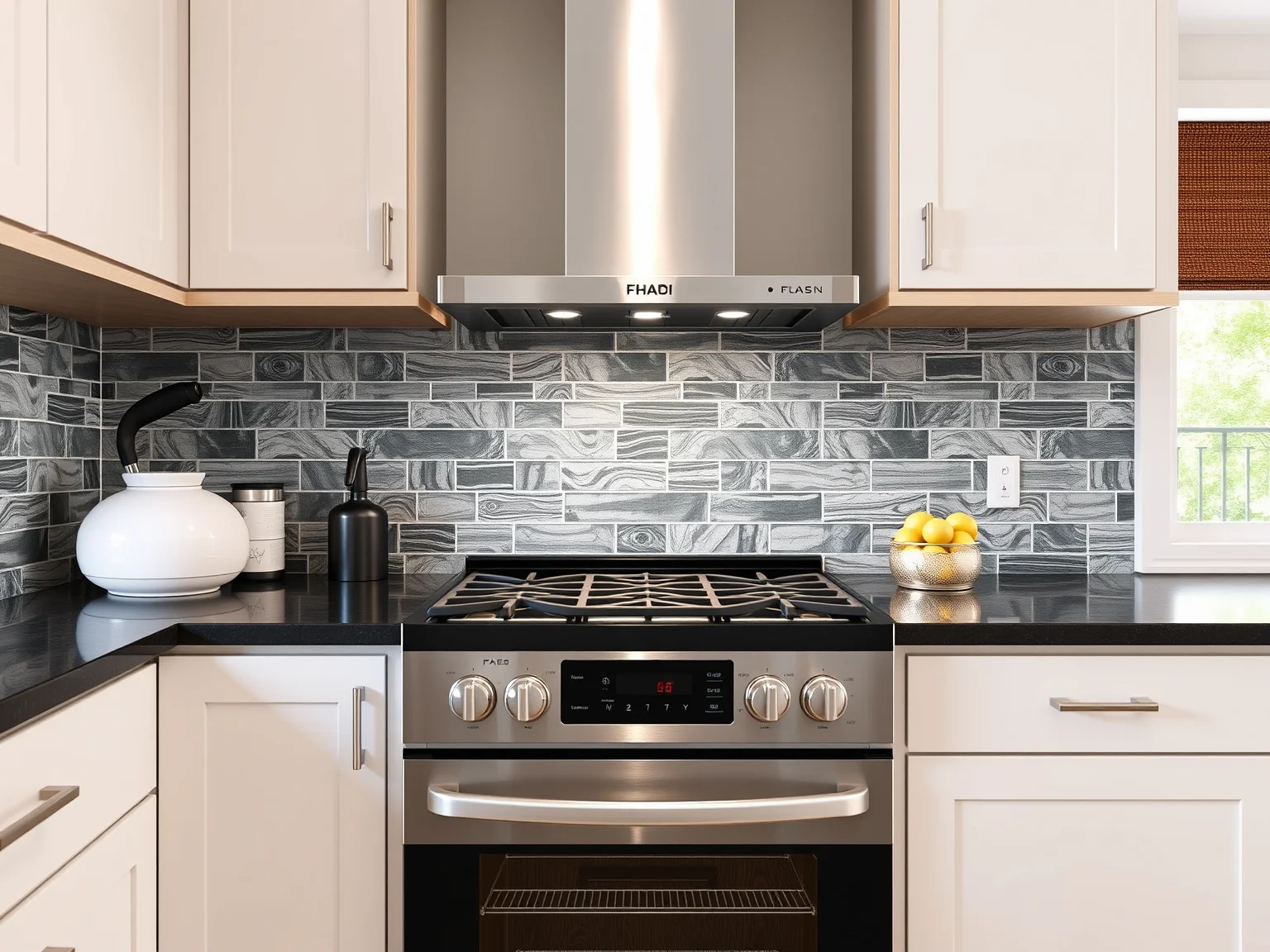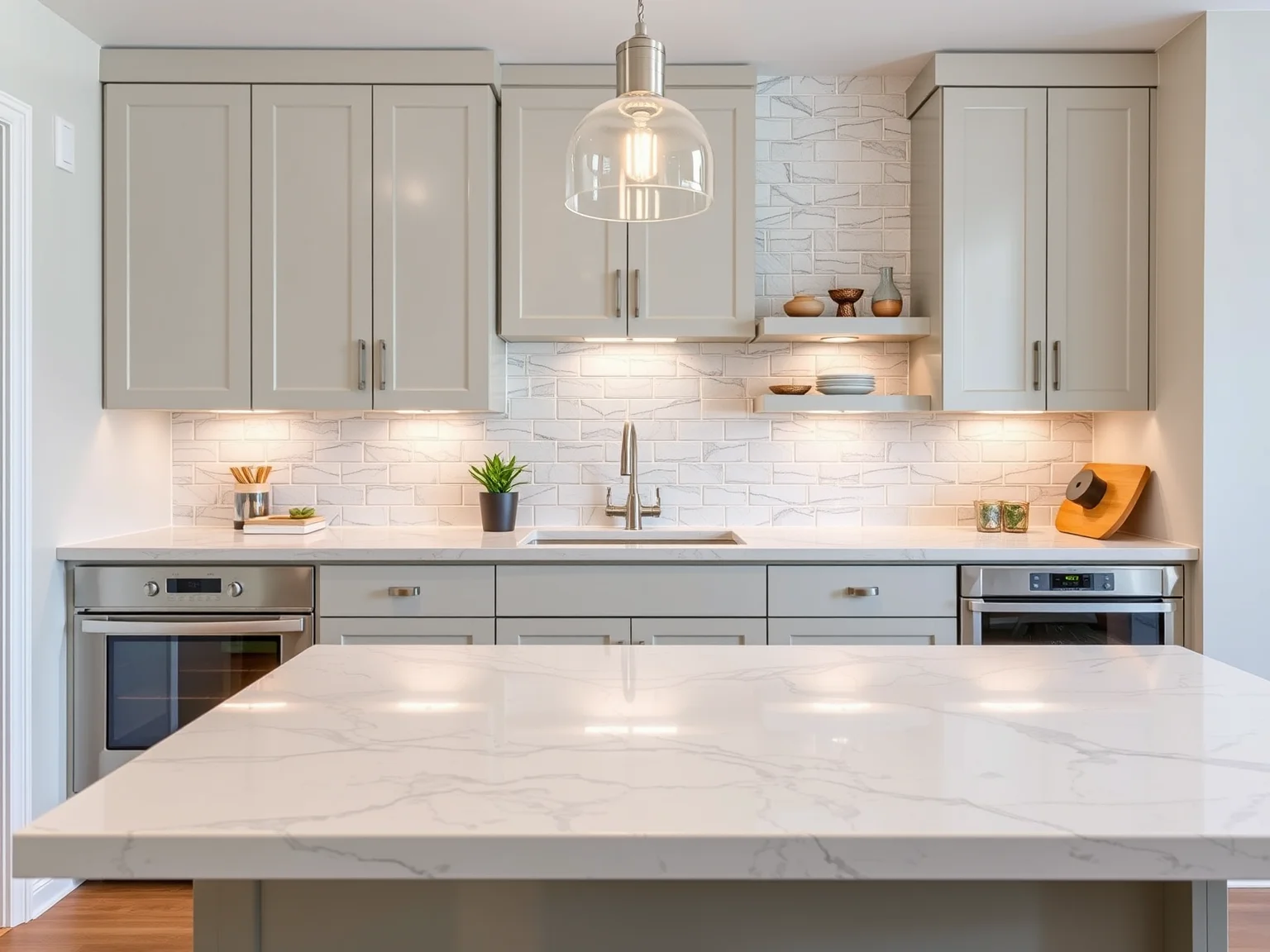
What is the Best Paint for Kitchen Walls? Expert Tips & Reviews
What Is the Best Paint for Kitchen Walls? A Comprehensive Guide to Selecting the Right Finish and Color
Choosing the appropriate paint for your kitchen walls is a decision that significantly impacts both the aesthetic appeal and functionality of a vital space in your home. Kitchens are high-traffic areas exposed to moisture, heat, and everyday wear and tear, necessitating a strategic approach to selecting paint that combines durability, style, and ease of maintenance. At C&C Pro LLC., we understand the complexities involved in this process and aim to guide you through every step to ensure your kitchen is both beautiful and practical.
Why Is Choosing the Right Paint Crucial for Your Kitchen?
The kitchen serves as the heart of your home, where food is prepared, family gatherings occur, and everyday activities unfold. The right paint enhances the ambiance, reflects your personal style, and withstands the challenges of a busy environment. Poor-quality or unsuitable paint can lead to peeling, staining, or mold growth, ultimately requiring costly repairs or repainting. Thus, understanding what is the best paint for kitchen walls is essential for long-term satisfaction and investment in your home.
What Are the Key Factors in Selecting the Best Paint for Kitchen Walls?
Durability: The paint must withstand moisture, heat, and frequent cleaning without deteriorating.
Moisture Resistance: Kitchens are prone to humidity, making moisture-resistant paint a necessity.
Ease of Cleaning: The ability to wipe down walls without damaging the paint surface is vital for maintaining cleanliness.
Color and Finish: These influence the overall look and feel, as well as how well the paint hides imperfections.
Environmental and Health Considerations: Low-VOC or zero-VOC paints contribute to a healthier indoor environment.
Which Finish Is Ideal for Kitchen Walls?
What are the different types of paint finishes, and how do they perform in a kitchen setting?
Paint finishes significantly affect durability and appearance. Here are the most common options:
Matte (Flat): While excellent at hiding wall imperfections, matte finishes are less washable and not ideal for high-moisture areas like kitchens.
Eggshell: Slightly Satin-like, eggshell provides a soft sheen and better washability, making it a popular choice for kitchens.
Satin: With a smooth, velvety finish, satin paints are more resistant to moisture and stains, ideal for walls that require frequent cleaning.
Semi-Gloss: Offering a shiny surface, semi-gloss paints are highly durable and easy to wipe down. They are especially suitable for areas prone to splashes and stains.
High-Gloss: The most durable and reflective finish, high-gloss paints are often used for cabinetry and trim but may be too reflective for large wall surfaces in some design schemes.
For kitchens, satin and semi-gloss finishes generally strike the best balance between durability and aesthetic appeal.
What Are the Top Paint Types Suitable for Kitchen Walls?
Which paint formulations are most recommended for kitchens in terms of moisture and stain resistance?
Several high-quality options exist, each offering specific benefits:
Acrylic Latex Paint: Known for its excellent adhesion, flexibility, and resistance to cracking, acrylic latex is a standard choice for kitchens. It clean easily and holds color well over time.
Eggshell & Satin Acrylic Paints: Specially formulated for interior walls, these finishes provide a subtle sheen, with enhanced washability and moisture resistance suitable for kitchens.
Oil-Based Paints: Although less common due to drying time and environmental concerns, oil-based paints offer superior staining and moisture resistance but require proper ventilation during application.
Latex-Based Paints with Added Mildew Resistance: These are ideal for humid environments, helping prevent mold and mildew growth on wall surfaces.
How Do Color Choices Impact Your Kitchen's Look and Feel?
The color palette significantly influences the perception of space, light, and mood within your kitchen. Light, neutral colors such as whites, beiges, and pastels can make the area feel larger and more open, while bold colors like navy or deep green provide a sophisticated feel. Warm tones—such as reds and yellows—energize the space, whereas cool tones promote tranquility and cleanliness.
Consider the natural lighting in your kitchen and the existing cabinetry, countertops, and appliances when choosing wall colors. For personalized inspiration, explore modern kitchen design ideas in this detailed guide on modern kitchen designs.
What Are the Best Practices for Applying Kitchen Wall Paint?
Surface Preparation: Thoroughly clean walls to remove grease, dust, and previous paint. Fill any holes or imperfections for a smooth finish.
Priming: Use a high-quality primer to enhance paint adhesion and block stains or previous colors from showing through.
Application Technique: Using high-quality brushes or rollers designed for latex paints ensures a smooth and even coat. Apply multiple thin layers rather than one thick coat for lasting results.
Ventilation and Drying: Proper airflow during and after painting helps prevent streaks and allows for quicker drying times.
Cleaning and Maintenance: Wait for the paint to cure completely before cleaning. Use gentle cleaning agents and soft cloths to preserve the finish.
How Can You Maintain Your Kitchen Walls and Keep Paint Looking Fresh?
Regular cleaning with mild detergents removes grease and dirt that accumulate over time. Address stains promptly, and consider periodic touch-ups to preserve the visual appeal. To further protect your walls, you might also explore options like installing copper kitchen sinks and fixtures (more info here) which can complement a durable paint finish and enhance overall kitchen durability.
What Additional Considerations Should You Keep in Mind During Your Kitchen Remodel?
If you're planning a comprehensive kitchen remodel, understanding the average costs and best layouts can be advantageous. Check out this guide on kitchen remodeling costs to budget effectively. Additionally, considering your kitchen layout can influence paint choices, lighting, and design cohesion. For ideas tailored to modern aesthetics and functionality, explore modern kitchen design in Jersey City.
Frequently Asked Questions (FAQs)
What is the most durable paint finish for kitchen walls?
Semi-gloss and satin finishes are considered the most durable and easy to clean, making them ideal for kitchen walls exposed to moisture and stains.
Can I use matte paint in my kitchen?
Matte paints are generally less suitable for kitchens due to their lower washability and difficulty in cleaning. They are better suited for low-traffic or less humid areas.
What color should I choose for a kitchen that receives limited natural light?
Lighter shades, such as soft whites, pastels, or warm neutrals, reflect light and can make a space feel brighter and more inviting.
How often should I repaint my kitchen walls?
Typically, repainting every 5-7 years keeps your kitchen looking fresh, but this can vary depending on use and wall condition.
Are there environmentally friendly paint options suitable for kitchens?
Yes, low-VOC and zero-VOC paints are excellent choices for creating a healthier indoor environment without compromising on durability or appearance.
Choosing the right paint for kitchen walls is a critical step toward creating a space that is both beautiful and resilient. By understanding the options for finishes, paints, and colors, combined with expert application tips, you can ensure your kitchen remains stylish, functional, and easy to maintain for years to come. For personalized guidance and professional assistance, trust C&C Pro LLC. to bring your vision to life.


